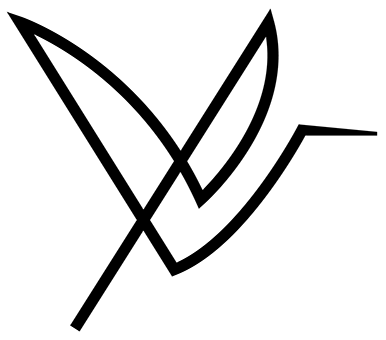What is the function of heterostyly?
What is the function of heterostyly?
Heterostyly is another cross-pollination mechanism, where flowers within a species can occur in either a pin or thrum form, so that pollen is deposited on an insect from one flower form in a location that matches the location that contacts the stigma in the second flower form.
What is meant by heterostyly and Dioecy?
This condition is called heterostyly. It prevents autogamy. Dioecy In some plants,male and female flowers are present on different plants, i.e. each plant is either male or female . It is known as dioecy, e.g. papaya. (i) Oogenesis in humans is the formation of a mature female gamete.
What is Dichogamy and heterostyly?
Dichogamy is the separation in time of pollen maturation and stigma receptivity. Heterostyly is the condition in certain plants of having styles of different lengths which promotes cross-pollination
How does heterostyly Favour cross pollination?
– Heterostyly in flowers is a rare type of polymorphism and herkogamy. Two or three morphological forms of flowers in a heterostyle species occur in the population. All these avoid and favour cross-pollination from self-pollination. So, the correct answer is, ‘(d) All of these’.
What is heterostyly give example?
Examples of distylous plants are the primrose and many other Primula species, buckwheat, flax and other Linum species, some Lythrum species, and many species of Cryptantha. Heterostylous plants having three flower morphs are termed “tristylous”.
What is the difference between Herkogamy and heterostyly?
Answer Expert Verified Herkogamy is a type of mechanism employed by flowers (angiosperms) to encourage cross pollination over self-pollination. On the other hand, heterostyly is a form of herkogamy, where the stigma grows at a different length with the anthers such that they cannot get fertilized by them.
Are humans dioecious?
The word “Dioecious” (pronounced die-EESH-us) comes from the Greek for “two households.” Plants that have blooms that only contain boy parts or girl parts, but not both, are dioecious. Humans are dioecious (well, most of the time – I do live in San Francisco, remember), but plants are usually hermaphroditic.
Is an example of Heterostyly?
Examples of distylous plants are the primrose and many other Primula species, buckwheat, flax and other Linum species, some Lythrum species, and many species of Cryptantha. Heterostylous plants having three flower morphs are termed “tristylous”. Each morph has two types of stamens.
What are the two types of Dichogamy?
Dichogamy. Dichogamy is of two types: viz. i) protogyny and ii) protandry. When pistil matures before anthers, it is called protogyny such as in pearl millet.
What is the difference between Anemophily and Entomophily?
Anemophily are those flowers in which pollination is carried out by wind. Entomophily are those flowers in which pollination is carried out by insects. 1. These flowers usually have a small size.
What is the difference between Herkogamy and Heterostyly?
What is herkogamy example?
It is a mechanical device to prevent self-pollination in a bisexual flower. In plants, a natural physical barrier is present between two sex organs and avoid contact of pollen with the stigma of the same flower, in e.g. Calotropis, pentangular stigma is positioned above the level of anthers (pollinia).
When did Charles Darwin invent the term heterostyly?
Heterostyly was of considerable interest to Darwin (1877), who coined the terms “legitimate (i.e. compatible) crosses” to describe crosses between flowers with stamens and styles of the same height and “illegitimate (incompatible) crosses” to describe those between flowers with stamens and styles of different heights.
How is heterostyly a form of herkogamy?
Heterostyly is a unique form of polymorphism and herkogamy in flowers. In a heterostylous species, two or three morphological types of flowers, termed “morphs”, exist in the population. On each individual plant, all flowers share the same morph. The flower morphs differ in the lengths of the pistil and stamens, and these traits are not continuous.
Which is an example of a heterostyly plant?
For example, Eichhornia azurea exhibits distyly, whereas another species in the same genus, Eichhornia crassipes, is tristylous. Heterostyly is thought to have evolved primarily as a mechanism to promote outcrossing.
Why is heterostyly most often seen in actinomorphic flowers?
Heterostyly is most often seen in actinomorphic flowers presumably because zygomorphic flowers are effective in cross- pollination. Current models for evolution include the Pollen Transfer Model and the Selfing Avoidance Model.
What is the function of heterostyly? Heterostyly is another cross-pollination mechanism, where flowers within a species can occur in either a pin or thrum form, so that pollen is deposited on an insect from one flower form in a location that matches the location that contacts the stigma in the second flower form. What is…
